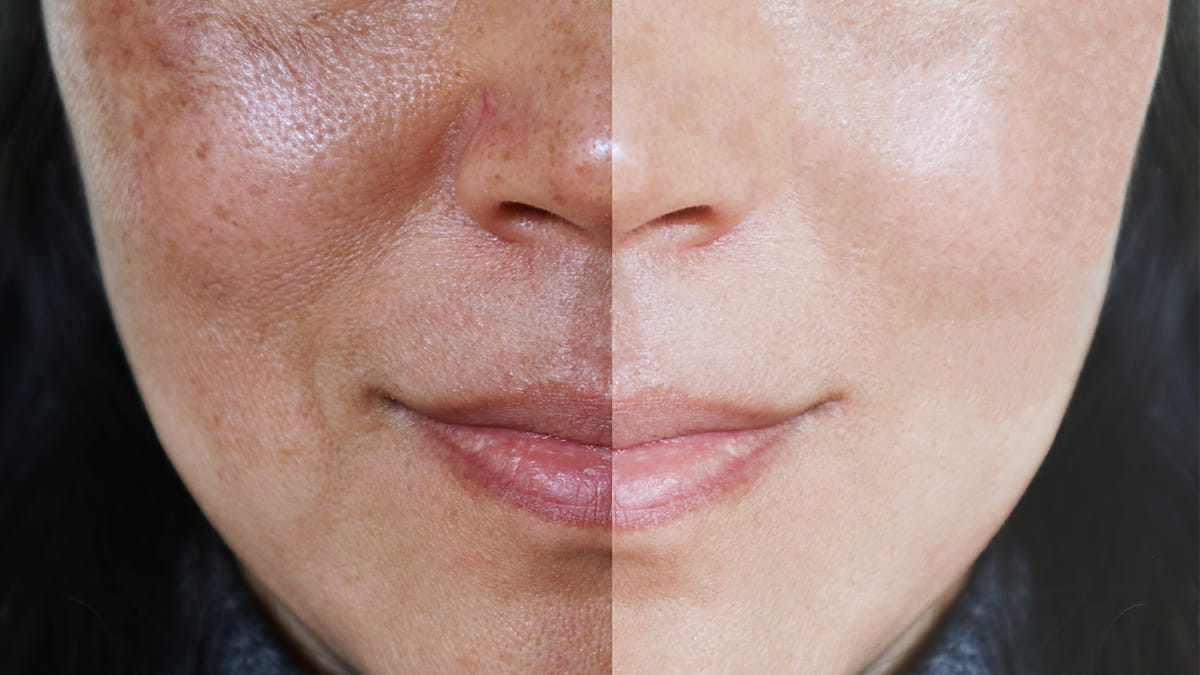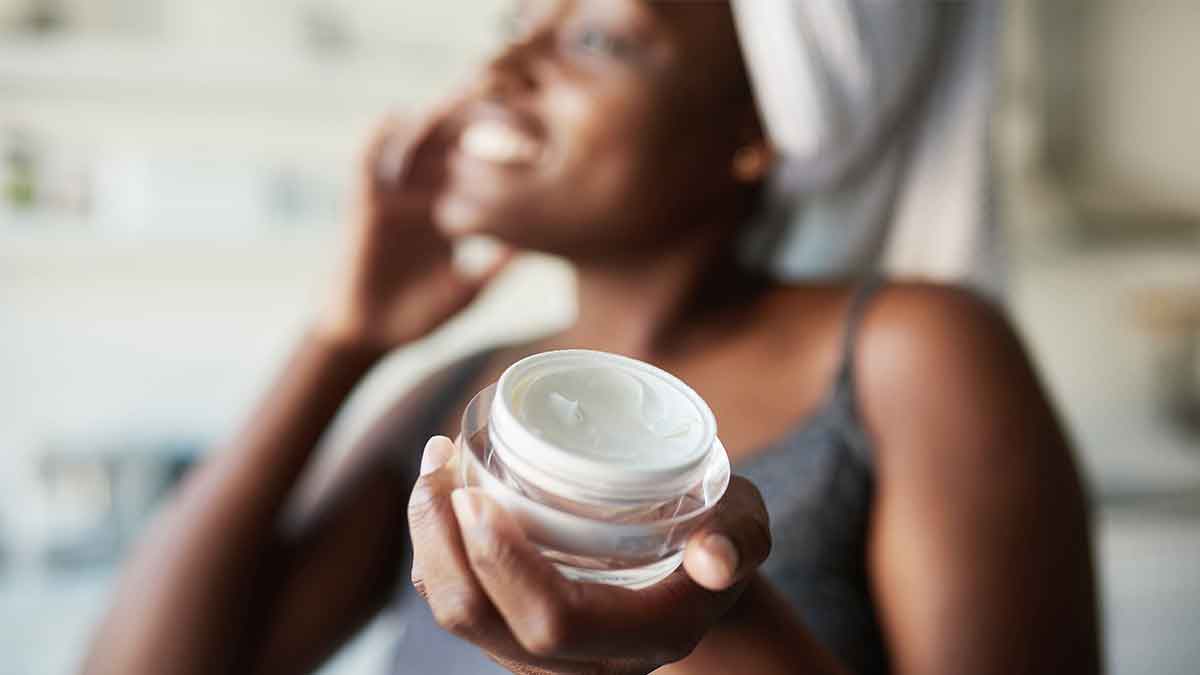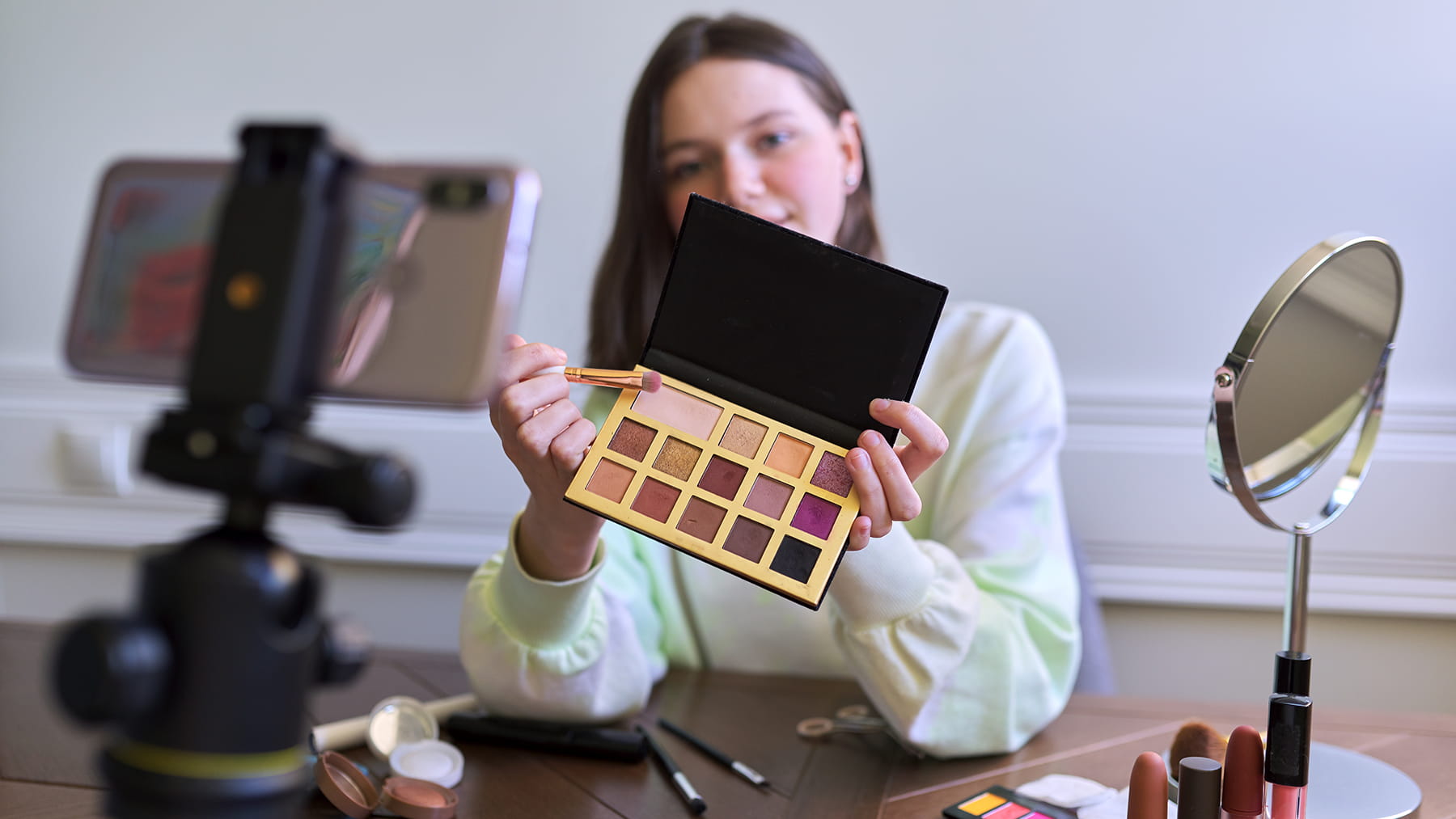Which skin care fads are worth the hype?

There are myriad skin care products and devices on the market that promise flawless skin. With the COVID-19 pandemic keeping people at home, you may be tempted to try a few. Before you place that online order, it would be helpful to know which trends can deliver on the hype.
Facial Masks
Who wouldn’t want the luxury of a spa treatment in the comfort of their own home? Facial masks have become a huge beauty trend with a dizzying array of options from which to choose. Clay and charcoal masks are useful for oily skin and acne, hyaluronic acid for dry skin, and antioxidants for fine lines and wrinkles, just to name a few.
Masks allow ingredients to stay in contact with your skin for a longer period of time. But with longer contact, facial masks can cause skin irritation, redness, itching or dryness depending on how sensitive your skin is or how it reacts to different ingredients. Fragrances, as wonderful as they smell, can be particularly irritating. Stick with simple masks with just a few ingredients that you’ve used before.
Before using a full face mask, try a small test area first to make sure you don’t have an adverse reaction.
Facial Steamers
The premise behind facial steamers is that the warm, moist air will hydrate and cleanse the skin by opening pores and releasing trapped oil, bacteria and skin debris. The hot steam dilates the blood vessels to enhance circulation. You can receive a steam treatment at a spa, purchase a facial steamer or do-it-yourself in the shower or with a warm towel.
While steaming can feel soothing, relaxing and hydrating to the skin, some people with sensitive skin or underlying skin conditions, such as rosacea, seborrheic dermatitis and eczema, may find facial steamers cause more irritation than provide benefit. Dilation of the blood vessels leads to facial redness, called erythema, and generates heat, which can be even more pronounced in patients with sensitive skin. Steamers can also cause burns. You can avoid a steam burn by staying about a foot or more from the steamer.
Consider skipping facial steaming devices. The steam in the shower is sufficient to open pores and provide gentle hydration and soothing warmth without the irritation or the added cost.
Facial Rollers
Rolling a cold, round jade or rose quartz stone like a paint roller back and forth across the face is touted to decrease inflammation, enhance circulation and reduce puffiness. Rollers can act like a tissue massager and enhance normal drainage of the lymphatics. But any benefit is merely temporary. Facial rollers don’t increase collagen production, eliminate wrinkles or have any known positive impact on the skin. If you do use a facial roller, make sure it’s clean before use.
Facial Exercises
A study featured in a 2018 article in the Journal of the American Medical Association found targeted facial exercise led to improved contouring of the lower face, cheeks and neck. However, it was a small study, with only 16 of 27 patients completing the study. With such a small sample size, it’s unclear whether the findings are conclusive.
The more common line of thinking is that repeated, dynamic muscle movement can lead to increased facial wrinkling—your typical laugh lines, crow’s feet, forehead creases and wrinkles between the eyebrows.
At this time, the best way to slim the cheeks is through overall weight reduction and/or plastic surgery, rather than relying on facial exercises.
Electronic Cleansing Brushes
The market for electronic cleaning brushes seems to have exploded in recent years. These brushes are supposed to provide a deeper cleansing, along with exfoliation to improve skin texture.
Electronic cleansing brushes allow for hands-free cleansing, but the oscillating brush and brush bristles can be overly harsh and abrasive, especially if used on a daily basis. This can strip away your skin’s natural oils, leading to irritation, sensitivity and dryness.
Simply washing your face with your hands using a gentle cleanser will suffice. If you want to use an electronic cleansing brush, make sure the brush bristles are soft, and only use it on a weekly basis as an exfoliator.
Blue and Red LED Devices
Phototherapy is a mainstay in dermatology offices for the treatment of conditions such as psoriasis and eczema, and now light-emitting diodes, or LED, wands and masks are available for at-home use as well.
LED light devices use visible light spectrum wavelengths to penetrate the skin. Blue light devices can be helpful in the treatment of acne, and red light devices reduce inflammation, redness and may stimulate collagen.
The LED devices are simple to handle, painless, can be used on any skin type and don’t require any downtime. If you choose to purchase one, make sure the device has FDA clearance, which means the device has been proven safe. Since these devices don’t have to undergo rigorous clinical trials showing effectiveness, these at-home units aren’t as powerful as professional devices. Therefore, they are slower to achieve results and must be used consistently to have any effect. Avoid prolonged at-home use, since this could cause eye damage, and use of eye protection is strongly recommended. Make sure the device hasn’t been recalled as well. The more effective devices cost $400 to 500, so an in-office treatment may be more cost effective.
Intense Pulse Light Hair Removal Devices
When it comes to getting rid of unwanted hair, there’s no such thing as permanent hair removal. No matter what is touted, the hair tends to grow back over time.
Laser hair removal, in which the laser beam is absorbed by the pigment of the hair follicles, can deliver hair reduction but not permanent removal. Pigment gives hair its color, so laser hair removal is effective mainly for dark hair and will not work on light, white or gray hair.
At-home laser hair removal devices are typically not lasers at all. They’re usually intense pulsed light (IPL) devices that direct light at the pigment in the hair follicle. While IPL technology can work to reduce hair and are simple to use, at-home devices aren’t as powerful as a professional, in-office laser hair removal treatment. Not all home IPL devices have received FDA clearance, so beware of what you purchase. Follow the directions carefully, and don’t use the device when you have a tan. The devices can result in skin discoloration on people with darker skin types or tanned skin.
What Really Works
Skin care trends fade when they don’t live up to expectations. Stick with a good skin care regimen that you can follow and that won’t break the bank—a simple cleanser, a high-quality moisturizer and sunscreen. For additional assistance, visit a board-certified dermatologist to help tailor your routine to match your skin care needs.
Susan Massick is a dermatologist at The Ohio State University Wexner Medical Center and an assistant professor in the Ohio State College of Medicine. Follow her on Twitter @SusanMassickMD.




